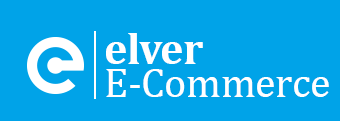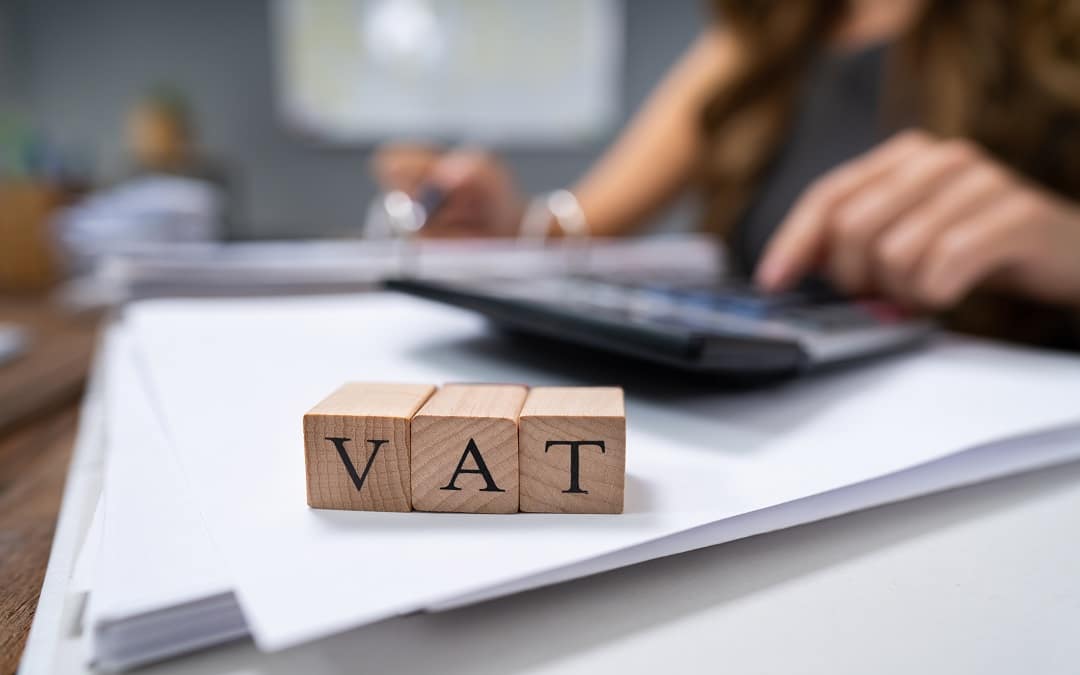Understanding the VAT Threshold and the Reverse Charge Mechanism for E-Commerce Businesses
For e-commerce businesses, navigating the VAT threshold can be a critical aspect of managing their finances and compliance obligations. The VAT threshold represents the turnover threshold at which a business becomes liable to register for VAT in the United Kingdom. However, when considering the complexities associated with services purchased from outside the UK, particularly concerning the reverse-charge mechanism, the implications for VAT registration thresholds can become even more intricate.
The VAT Threshold Explained
In the UK, businesses must register for VAT with HM Revenue & Customs (HMRC) if their taxable turnover exceeds the VAT registration threshold. As of the latest update, the VAT registration threshold stands at £90,000 (following the Spring 2024 budget), meaning that businesses whose taxable turnover exceeds this threshold within a 12-month rolling period must register for VAT.
Reverse Charge Mechanism: A Key Consideration
The reverse-charge mechanism is a fundamental concept in VAT accounting, especially when dealing with services purchased from suppliers outside the UK. Under this mechanism, the responsibility for accounting for VAT shifts from the supplier to the customer.
In the context of e-commerce businesses purchasing services from overseas suppliers, such as digital marketing, Amazon selling, FBA fees, or IT subscription services, the reverse-charge mechanism often comes into play. Instead of the supplier charging VAT on the invoice, the customer is required to account for the VAT themselves.
Implications for the VAT Threshold
One of the complexities arises when considering how services purchased from outside the UK can impact a business’s proximity to the VAT threshold. Here’s how it works:
- Accumulation of Turnover: When calculating taxable turnover for VAT registration purposes, businesses must include both their UK and overseas turnover. This means that the value of services purchased from outside the UK, subject to the reverse-charge mechanism, contributes to the overall turnover figure.
- Potential Impact on VAT Liability: Services purchased from overseas suppliers, particularly those subject to the reverse-charge mechanism, can significantly impact a business’s taxable turnover. If these services push the total turnover above the VAT registration threshold (£90,000), the business becomes liable to register for VAT with HMRC.
- Compliance Considerations: E-commerce businesses must carefully monitor their turnover, including both domestic and overseas transactions, to assess their VAT liability accurately. Failure to register for VAT when required can result in penalties and interest charges from HMRC.
Voluntary Registration
Businesses may voluntarily register for VAT for several reasons, even if their turnover doesn’t exceed the mandatory VAT registration threshold. Here are some common scenarios where voluntary VAT registration might be advantageous:
- Reclaiming Input VAT: VAT-registered businesses can reclaim VAT they’ve paid on purchases (input VAT) from HMRC. This can be particularly beneficial for businesses with significant VATable expenses, as it reduces their overall VAT liability, especially if their sales are zero-rated (e.g. children’s clothes)
- Perceived Professionalism: Being VAT registered can enhance a business’s credibility and professionalism, especially when dealing with other businesses or larger clients who may prefer to work with VAT-registered suppliers. Some suppliers may require it.
- Trading with EU Countries: If a business engages in cross-border transactions with other EU countries, being VAT registered can simplify VAT compliance requirements and facilitate smoother trade, particularly after Brexit, where VAT rules for trade with the EU have changed.
- Reaching the VAT Threshold Soon: If a business anticipates its turnover will soon exceed the VAT registration threshold, voluntary registration can help streamline processes and ensure compliance in advance.
- Recovery of VAT on Capital Assets: VAT-registered businesses can recover VAT incurred on certain capital assets, such as equipment and machinery, which can result in significant cost savings.
The VAT Flat Rate Scheme (FRS)
The VAT Flat Rate Scheme is a simplified VAT accounting method designed to make VAT calculations easier for small businesses. It’s particularly beneficial for small e-commerce businesses with straightforward operations. Here’s how the VAT Flat Rate Scheme works and why it might be advantageous for such businesses:
How the VAT Flat Rate Scheme Works:
- Flat Rate Percentage: Under the FRS, businesses charge VAT to their customers at the standard rate (currently 20% in the UK) but pay HMRC a fixed percentage of their gross turnover as VAT. This percentage varies depending on the nature of the business, and is typically lower than the standard VAT rate.
- Simplified Record Keeping: Participating businesses simplify their VAT accounting by applying the flat rate percentage to their total turnover, rather than calculating VAT on individual sales and purchases. This reduces the administrative burden associated with traditional VAT accounting.
- VAT Returns: Businesses registered under the FRS typically file VAT returns quarterly, reporting their total turnover and paying HMRC the flat rate VAT percentage on that turnover.
- Limited Input VAT Reclaims: Businesses under the FRS are generally not allowed to reclaim VAT on most purchases, except for certain capital assets costing £2,000 or more (including VAT).
Advantages for Small E-commerce Businesses:
- Simplicity: The FRS simplifies VAT accounting for small e-commerce businesses with limited resources and straightforward transactions. It reduces the time and effort required to calculate VAT liabilities, allowing business owners to focus on running their operations.
- Lower VAT Liability: In some cases, the flat rate percentage applied to turnover results in a lower VAT liability compared to the standard VAT accounting method. This can lead to cost savings for small businesses.
- Limited Impact of Irrecoverable Input VAT: Since businesses under the FRS cannot reclaim VAT on most purchases, they don’t need to track input VAT meticulously. This simplifies record-keeping and reduces administrative overhead.
- Reduced Risk of Errors: With fewer calculations involved, there’s a lower risk of errors in VAT reporting and compliance, minimising the potential for penalties and interest charges from HMRC.
Considerations Before Joining the FRS:
- Eligibility: Businesses must meet certain eligibility criteria to join the FRS, including having a turnover of £150,000 or less (excluding VAT) in the previous 12 months.
- Comparison with Standard VAT Scheme: Before joining the FRS, businesses should compare the potential savings under the scheme with the benefits of the standard VAT scheme, particularly if they have significant VATable expenses or regularly reclaim input VAT.
- Sector-Specific Rates: Different business sectors have different flat rate percentages under the FRS. Businesses should choose the rate that best reflects their primary business activity.
- Exit Considerations: Businesses can leave the FRS voluntarily or may be required to do so if their turnover exceeds certain thresholds. It’s essential to understand the implications of exiting the scheme, particularly regarding input VAT recovery.
Navigating the Complexities
Given the complexities involved, e-commerce businesses should proactively manage their VAT obligations and seek professional advice when necessary. Here are some key considerations:
- Monitor Turnover Regularly: Keep track of both UK and overseas turnover to assess proximity to the VAT threshold accurately.
- Understand VAT Treatment: Understand the VAT treatment applicable to services purchased from outside the UK, particularly those subject to the reverse-charge mechanism.
- Plan Strategically: Consider the potential impact of overseas services on VAT liability and plan accordingly to ensure compliance.
- Seek Professional Advice: Consult with a qualified accountant or tax advisor experienced in e-commerce VAT matters to navigate complexities effectively and minimise risks.
In conclusion, while the VAT threshold represents a significant milestone for e-commerce businesses, the complexities associated with services purchased from outside the UK, coupled with the reverse-charge mechanism, add layers of intricacy. By understanding these complexities and seeking professional guidance, businesses can manage their VAT obligations effectively and ensure compliance with HMRC regulations. For tailored assistance with e-commerce accounting and VAT compliance, businesses can rely on the expertise of Elver E-Commerce Accountants, specialising in helping e-commerce businesses navigate the complexities of VAT and tax compliance.


